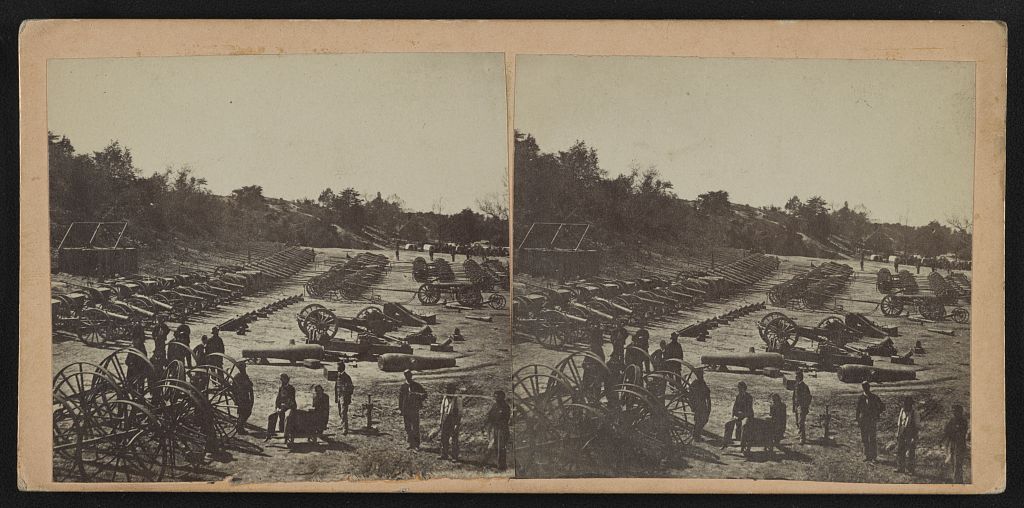William Frank Browne, Photographer at Petersburg
 William F. Brown, self portrait 1863. Wikipedia
William F. Brown, self portrait 1863. Wikipedia
William Frank Browne enlisted in the 15th Vermont Infantry (company C), a nine months regiment, in August 1862, and was mustered out after the Gettysburg campaign in August 1863. That winter Browne was licensed as a photographer for Kilpatrick's Third Cavalry Division. He set up a studio with the 5th Michigan Cavalry at their encampment at Stevensburg, Virginia, where he had the opportunity to make several early portraits of Brig. Gen. George Armstrong Custer. In 1864-1865, Browne worked as a photographer for Alexander Gardner in and around Petersburg and Bermuda Hundred. In May 1865, Maj. Gen. Henry Larcum Abbot, in charge of the Union armies' siege train at Broadway Landing, hired Browne to photograph the ordnance depot and water batteries on the James River, thus "preserving an invaluable record of their wonderful completeness." Gardner published a collection of 120 of Brown's photographs under the title, Confederate Water Batteries on James River. After the war, Browne returned to his native Northfield, Vermont where he died of tuberculosis in 1867.
A catalog of Browne's work for Abbott with links is helpfully provided at the Civil War Richmond website.


